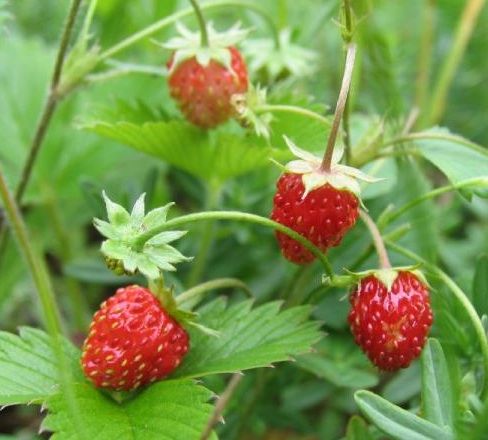
 December
December
28, 2010 – Researchers at across the U.S. are keeping faith
after helping sequence the genome of a wild strawberry, laying the groundwork
for genetic improvements to related fruits like apples, peaches and pears.
December
28, 2010 – Researchers at across the U.S. are keeping faith
after helping sequence the genome of a wild strawberry, laying the groundwork
for genetic improvements to related fruits like apples, peaches and pears.
The
advance was published online by the journal Nature Genetics.
 |
|
An
international team of more than 70 researchers, identified 34,809 genes on the
seven chromosomes in the woodland strawberry known as Fragaria vesca.
They
chose the perennial because it's commonly used in research, is easy to breed,
grows quickly and has a small genome.
As
part of their findings, the scientists identified genes that they think might
be responsible for some of the berry's characteristics like flavour, aroma,
nutritional value, flowering time and response to disease. Knowing what
individual genes do will allow researchers to breed crops for those specific
traits. And in the case of tree fruits, they won't have to wait years to see if
those traits actually show up in the fruit. For example, with molecular
breeding they would be able to cross a high-yielding pear tree with one that
resists a certain fungal disease, and they'd be certain that the desired genes
are actually present.
The
woodland strawberry is the smallest plant genome to be sequenced other than
Arabidopsis thaliana, a small flowering plant in the mustard family, because it
has only about 210 million base pairs. Base pairs are the
molecules known as adenine, cytosine, guanine and thymine that form a
double-stranded DNA helix.
Print this page